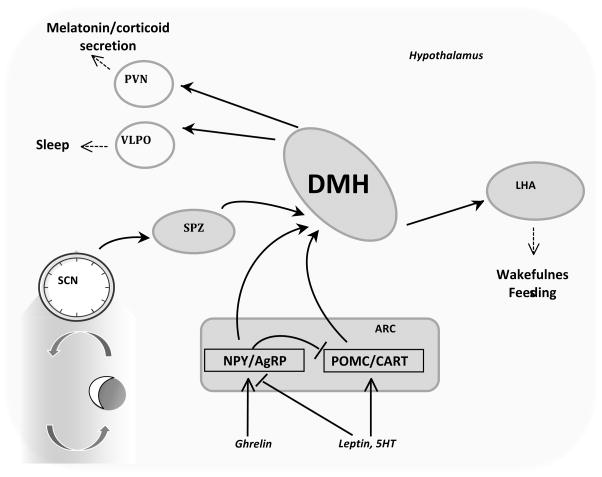Figure 1. Neuroanatomic and neuroendocrine connections in the hypothalamus.
The SCN is the master clock, and sends information through the subparaventricular zone (SPZ) and dorsomedial nucleus of the hypothalamus (DMH). An unbiased survey of clock activity in rats subject to restricted suggests the induction of a rhythm in the DMH that persists in the absence of feeding79. Lesions studies also suggest that the DMH is important for expression of circadian rhythms 80,81. Projections from DMH extend to other regions of the hypothalamus such as the lateral hypothalamus (LHA), the ventrolateral preoptic nucleus (VLPO), and the paraventricular nucleus (PVN). These areas involved in sleep cycles (LHA, VLPO), neuroendocrine function (PVN) and feeding behavior (LHA). The arcuate nucleus (ARC) is a center involved in regulating feeding behavior. ARC neurons expressing the neuropeptides AgRP and neuropeptide Y (NPY) are orexigenic, while those expressing POMC (which is post translationally modified to produce α-MSH) and cocaine-and-amphetamine regulated transcript (CART) are anorectic. These neurons integrate many signals of energy status and food intake, regulating satiety and energy expenditure through Mc4r not shown in this diagram. NPY/AgRP and POMC/CART neurons may transmit signals of energy status into the DMH expressing Mc3r. Alternatively, neurons expressing Mc3r reside in other areas of the brain, such as the LHA and ventral tegmental area102, involved in complex behavioral processes. An involvement of these neurons in the expression of rhythms in arousal and food seeking behavior is also possible.

